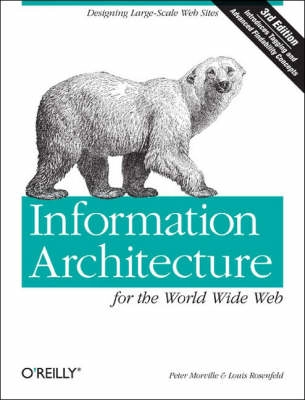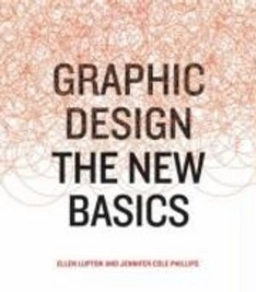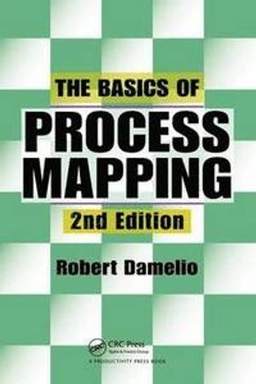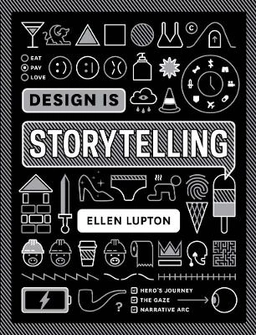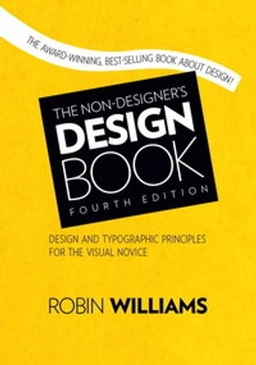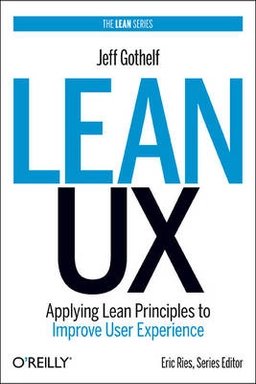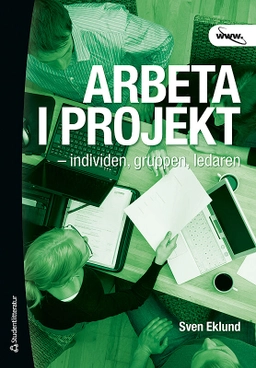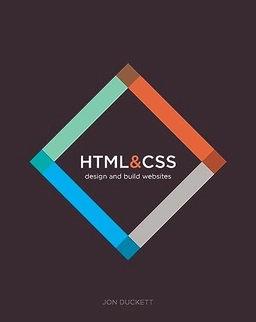The post-Ajaxian Web 2.0 world of wikis, folksonomies, and mashups makes well-planned information architecture even more essential. How do you present large volumes of information to people who need to find what they're looking for quickly? This classic primer shows information architects, designers, and web site developers how to build large-scale and maintainable web sites that are appealing and easy to navigate.
The new edition is thoroughly updated to address emerging technologies -- with recent examples, new scenarios, and information on best practices -- while maintaining its focus on fundamentals. With topics that range from aesthetics to mechanics, Information Architecture for the World Wide Web explains how to create interfaces that users can understand right away. Inside, you'll find:
An overview of information architecture for both newcomers and experienced practitioners The fundamental components of an architecture, illustrating the interconnected nature of these systems. Updated, with updates for tagging, folksonomies, social classification, and guided navigation Tools, techniques, and methods that take you from research to strategy and design to implementation. This edition discusses blueprints, wireframes and the role of diagrams in the design phase A series of short essays that provide practical tips and philosophical advice for those who work on information architecture The business context of practicing and promoting information architecture, including recent lessons on how to handle enterprise architecture Case studies on the evolution of two large and very different information architectures, illustrating best practices along the way How do you document the rich interfaces of web applications? How do you design for multiple platforms and mobile devices? With emphasis on goals and approaches over tactics or technologies, this enormously popular book gives you knowledge about information architecture with a framework that allows you to learn new approaches -- and unlearn outmoded ones.
Åtkomstkoder och digitalt tilläggsmaterial garanteras inte med begagnade böcker
